Every evening around 6 o’clock, I witness an aerial display that would put the Red Arrows to shame. Man has tried for years to dominate the skies but will never match the speed, agility and stealth of the swallows migration. They are truly masters of the air.
I sit in awe and marvel at how these tiny birds hurtle through my garden at supersonic speed. They devour even the tiniest of flying insects on their incredible trip. And they never stop to refuel.
Swallows and Swifts – What is the difference?
It’s easy to mistake swallows and swifts and vice versa. I always used to get them mixed up myself.
The swift is dark brown all over, often appearing black against the sky, with a small, pale patch on its throat. … Key features to tell a swift from a swallow or martin are the dark underside (swallows and martins have pale bellies), the proportionately longer wings and the screaming call.
The Wildlife Trusts
Are there swallows in Asia?
The Pacific swallow (Hirundo tahitica) is a small passerine bird in the swallow family. It breeds in tropical southern Asia and the islands of the south Pacific. It is resident apart from some local seasonal movements.
This bird is associated with coasts, but is increasingly spreading to forested uplands. The hill swallow was formerly considered conspecific.
This species is a small swallow at 13 cm. It has a blue back with browner wings and tail, a red face and throat, and dusky underparts. It differs from the barn swallow and the closely related Welcome Swallow in its shorter and less forked tail.
The Pacific swallow builds a neat cup-shaped nest, constructed with mud pellets collected in the beak, under a cliff ledge or on a man-made structures such as a building, bridge or tunnel. The nest is lined with softer material, and the clutch is two to three eggs.
It is similar in behaviour to other aerial insectivores, such as other swallows and the unrelated swifts. It is a fast flyer and feeds on insects, especially flies, while airborne.
Birds I have seen in Thailand
Swallows migration
Swallows migrate during daylight, flying quite low and covering about 200 miles a day.
They can cover an average of 200 miles a day, so it can take as little as 40 days to reach their destination. They fly almost non-stop, and since they feed mostly on insects and flies, they can eat plentifully and sufficiently during the journey.
Swallows mate for life and return to the same nesting sites every year.
Small birds must fatten up before migrating, as they need extra fuel for the journey. Swallows don’t have to. They sleep at night and travel by day. Insects provide food in flight.
The Students in the Daytime
The daytime and morning is dominated, in comparison, by ponderous doves plodding around on foot collecting morsels forced to the surface by the early morning dew. Cheeky Common Myna birds fight and squabble over anything and nothing as the secretive Coucal does some low-level sorties over enemy territory.
Black-collared starlings keep themselves to themselves, and my favourite Oriental Magpie-Robin friends are always teasing. Nipping here and nipping there. As long as there is water about, they know there will be a tasty morsel or two somewhere to be found. But they will never be masters of the air like the swallows.
There are no dogfights here. Every flyer knows his airspace and air traffic control has no place in the natural world. There’s no queuing for a landing slot as instinctively each pilot knows when he takes precedence and when others take their turn.
The natural world
It’s a continual feeding cycle and unless Man has interfered too much, there is more than enough to go round. Maybe there’s a lesson to be learned. I don’t see any birth control in this aerial natural world, only death control – survival of the fittest.
I watch the endless cycle of nest building, year on year. The pairs looking for a suitable place to house their offspring. Stealing strands from my grass roof as though I’d built it for their convenience. I see weavers stripping my palms to build their intricate hanging castles in the air, impervious to any tropical storm. Something we humans battle with all over the planet. Where did this intelligence come from?
I’m sure I will never know. I am quite content to sit and marvel at the ‘air show’ every evening with a glass of Chateau Mekong Delta for relaxation.
Related Posts
Join Us
If you enjoyed this Blog, we would like to offer you FOUR of James King’s books and our Newsletter as a gift.



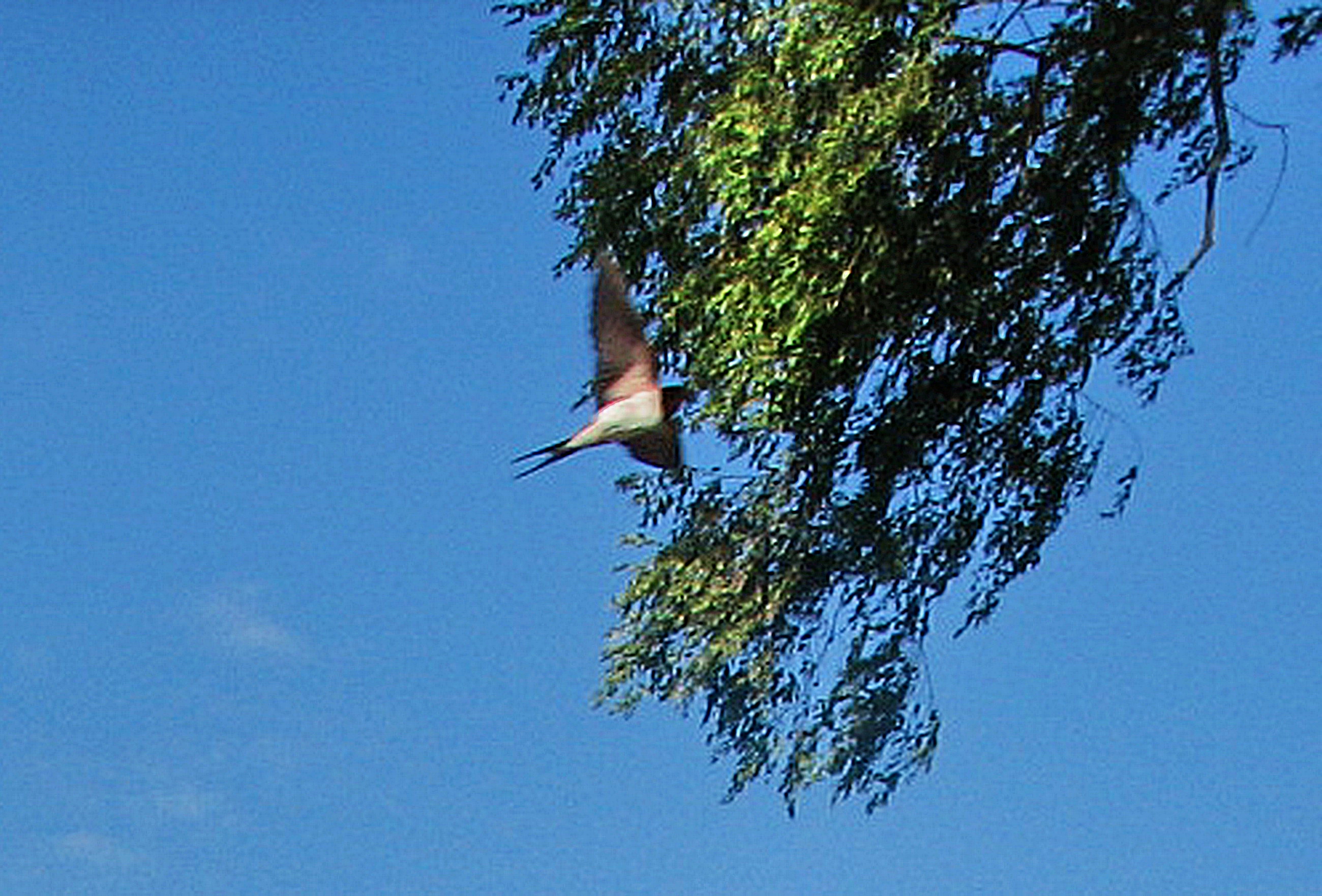
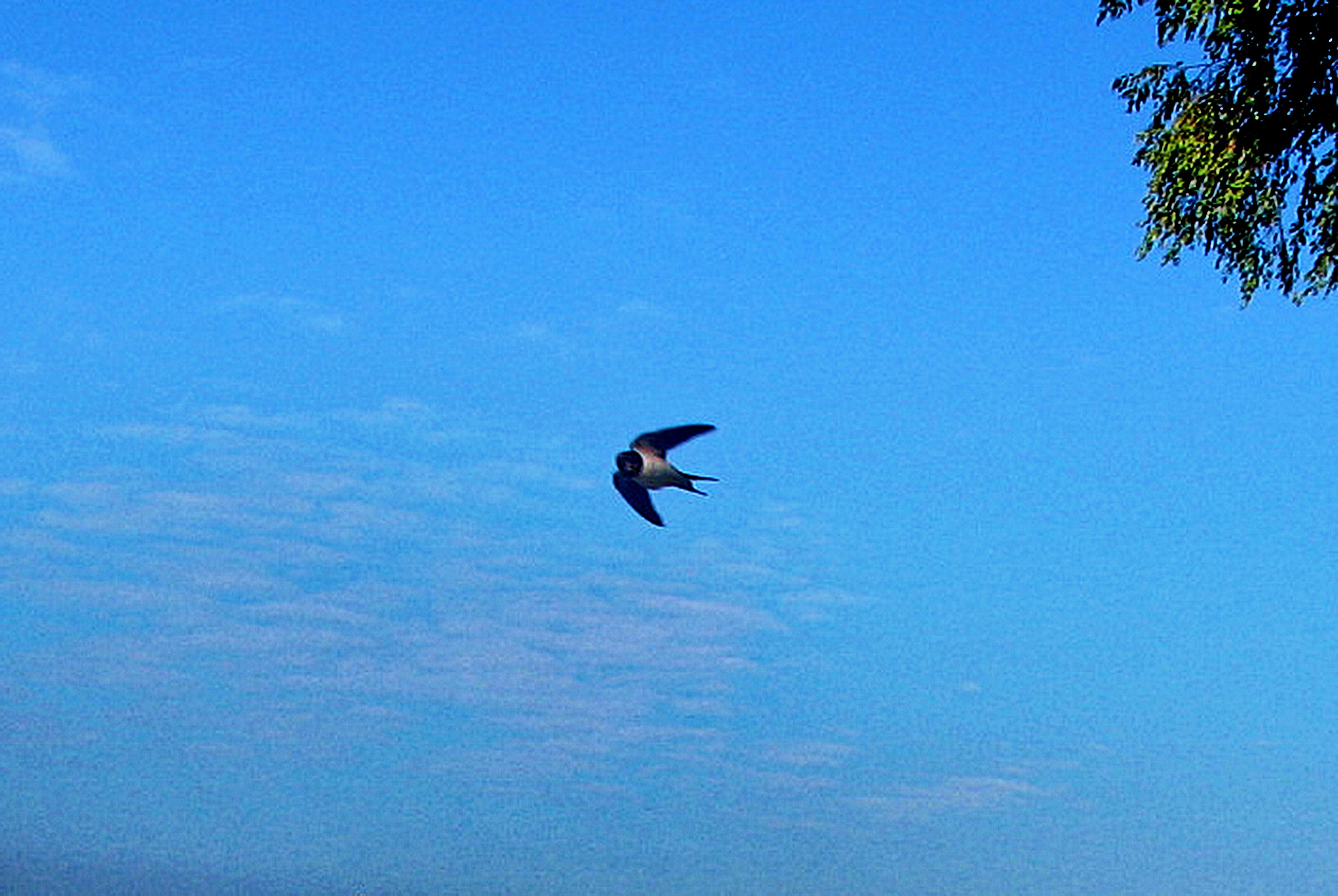
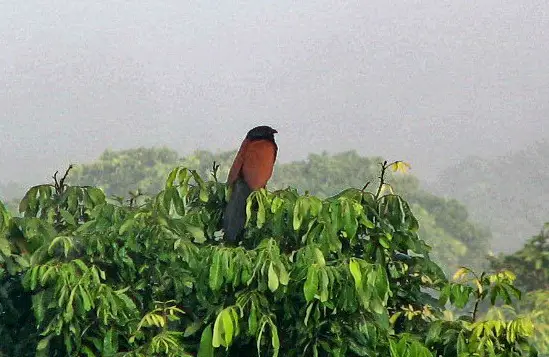
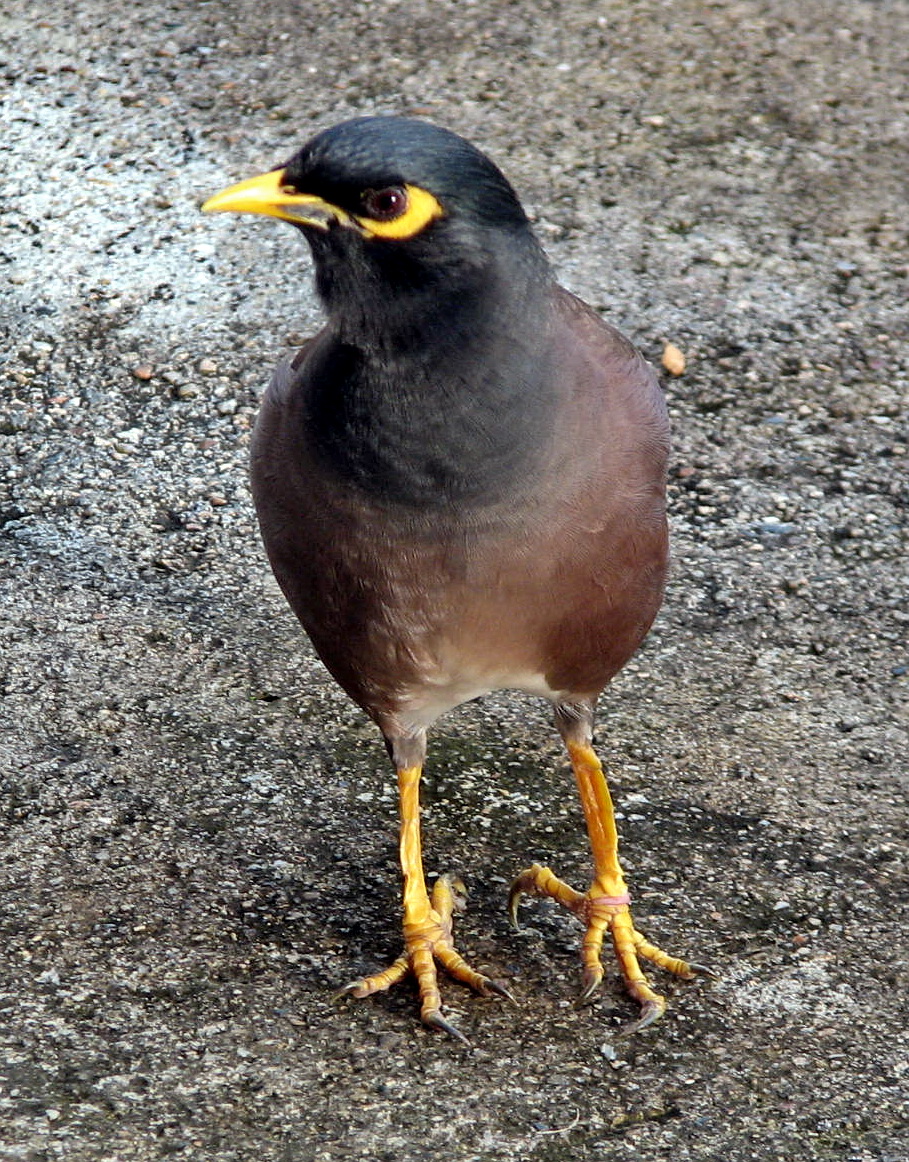
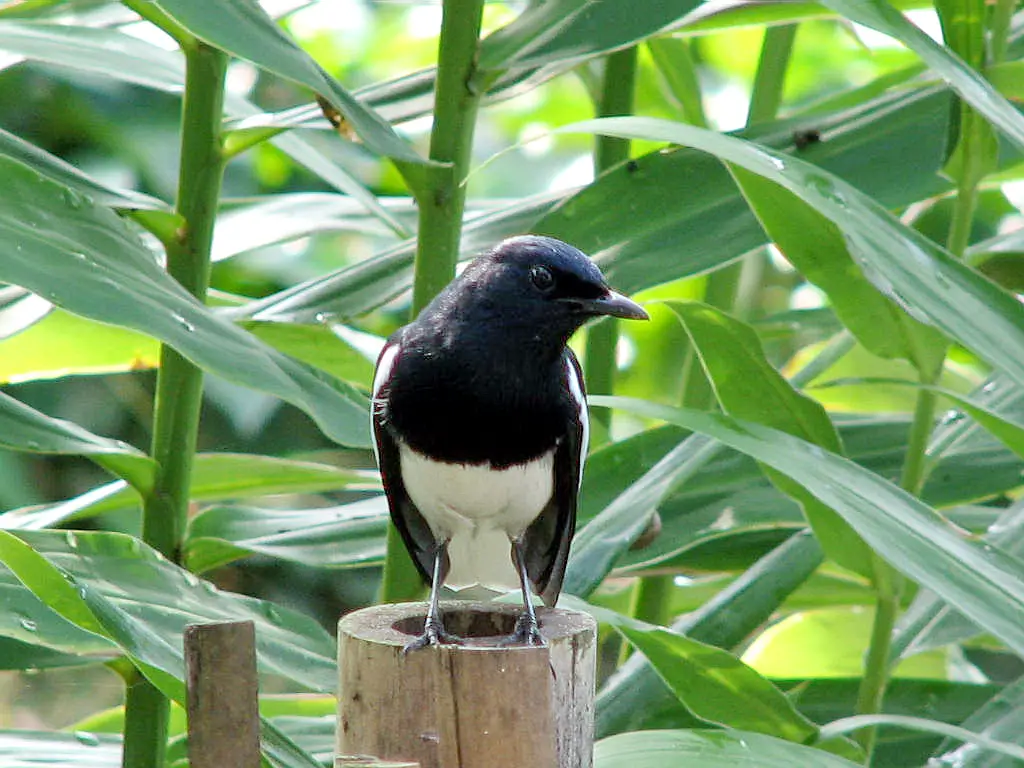
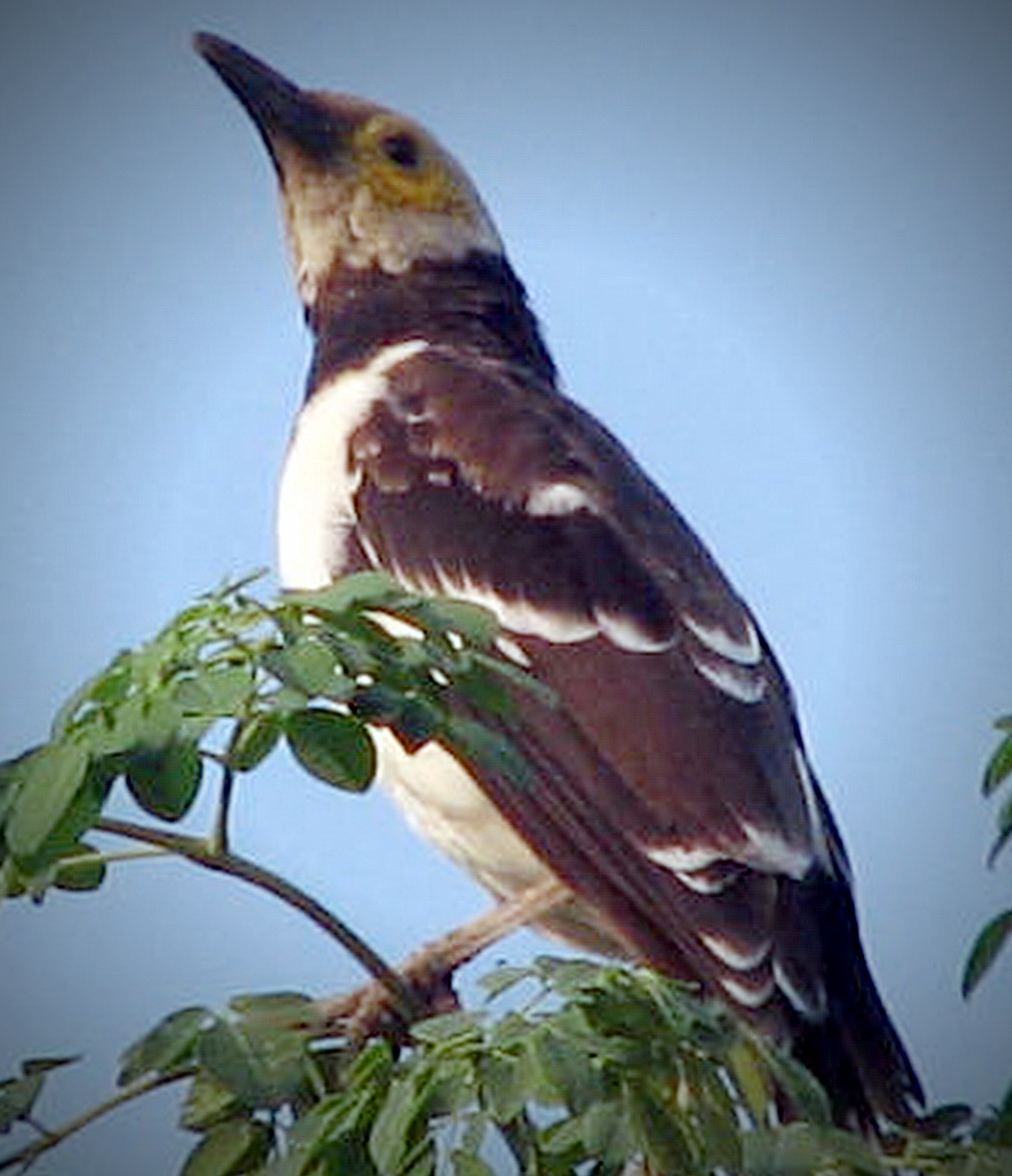
Thank you for the compliment Robbie. I just read the post again. One forgets soon afterwards as we move on to new writing. But I won’t argue with you!! LOL. It was one of those off the cuff instinctive moments which just came naturally like the birds that inspired it. keep well. James
Great writing
Thanks Belu. And the more I sit there while they are whizzing around my head the more wine I drink!!!!
Beautiful birds!, I enjoy looking at them too 🙂
Thank you Erik. I will check your bird poems now. James
Exactly! The flight of birds is one reason we are so fascinated by them. Check out my poems about birds!